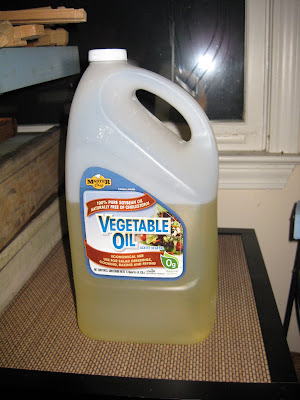
In the
Metro Atlanta Beekeepers' Association, we are so lucky to have frequent access to
Dr. Keith Delaplane. Tonight he spoke to the monthly bee meeting on "Honey Bee Decline and Why it Matters."
I love to hear him speak and always learn something. The University of Georgia has received a grant of $4.1 million dollars to study the decline of the honeybee and Dr. Delaplane is the chief investigator for the grant.
Tonight he wanted us to understand why it is important to be concerned about the plight of the honeybee. When asked why they are interested in raising bees, the top of the list for most beekeepers is honey production. Much lower on the list is the honeybee function of pollination. However, pollination and the role of the honey bee in it is key to why we should be concerned about the decline of the honeybee population.
While there are many vectors of pollination: the wind, gravity, water, bats, monkeys, wasps and butterflies, bees have the highest rate of pollination over all of these.
Bees are ideal as pollinators. They are hairy all over and in addition their hairs have split ends which encourages pollen to stick to them. Bees tend to visit flowers in succession, which makes them great vectors for pollination as they seek out what they really came for: the plant's nectar.
Keith had graphs showing the decline in honeybee population. However, as the honey bee population goes down, the acreage in this country planted in crops that need to be pollinated has gone up. This creates a losing equation. In addition, honey bees are less in the pollination business because there is habitat loss and change in the environment. And today's agriculture is machine based rather than animal based so less forage crops are planted.
He put up an interesting chart from the UN Food and Agricultural Organization showing that crops that are not bee pollinated are the ones that meet 90% of the world's food needs. These crops included: banana, barley, cassava, coconut, corn, millet, potato, rye, rice, sorghum, sweet potato, wheat. None of these crops need bees.
On the other hand, meat and dairy products need bees because they need pollinators for forage crops.
Interestingly, developed nations such as the US, Canada, the EU countries, Australia and Argentina have a higher quality of life and thus include more complex diets, based on many more bee-pollinated foods. However, underdeveloped countries whose people subsist on the UN FAO list of crops above, want bees for honey production.
Delaplane pointed out that it doesn't matter if the beekeeper's focus is honey production. The by product for the community when honey production is the point of beekeeping turns out to be pollination!!! And honeybees do well in less developed countries because from an economics perspective, it takes little to get started - you only need a rooftop for a hive - you don't even need land!
And although the many species of solitary bees by themselves do a super job of single flower pollination (fruit set can result after only one visit from the solitary bee), the honeybee visits in droves and thus a colony of bees (social bees) can be a very effective pollinating machine.
We were lucky too that he stayed after his talk for questions on many beekeeping subjects. In the Q and A, someone asked him about poisons in the hives and he said that his research is showing that many of the chemicals that are part of modern day beekeeping are very deleterious to the bees. Maybe mites die, but in the long run, the bees are badly affected.
He cited the beekeeping of Georgia's only
Master Craftsman Beekeeper,
Bill Owens, who doesn't use any chemicals and really doesn't subscribe to IPM either, but doesn't lose any more hives than the person who does do chemicals in the hive.
Dr. Delaplane reminded all of us that on May 14 - 16 the
Young Harris Beekeeping Institute is taking place (this is its 18th year) and that registration is now open.
Young Harris is where I earned my certified beekeeper certificate and (last year) my journeyman certificate.











































